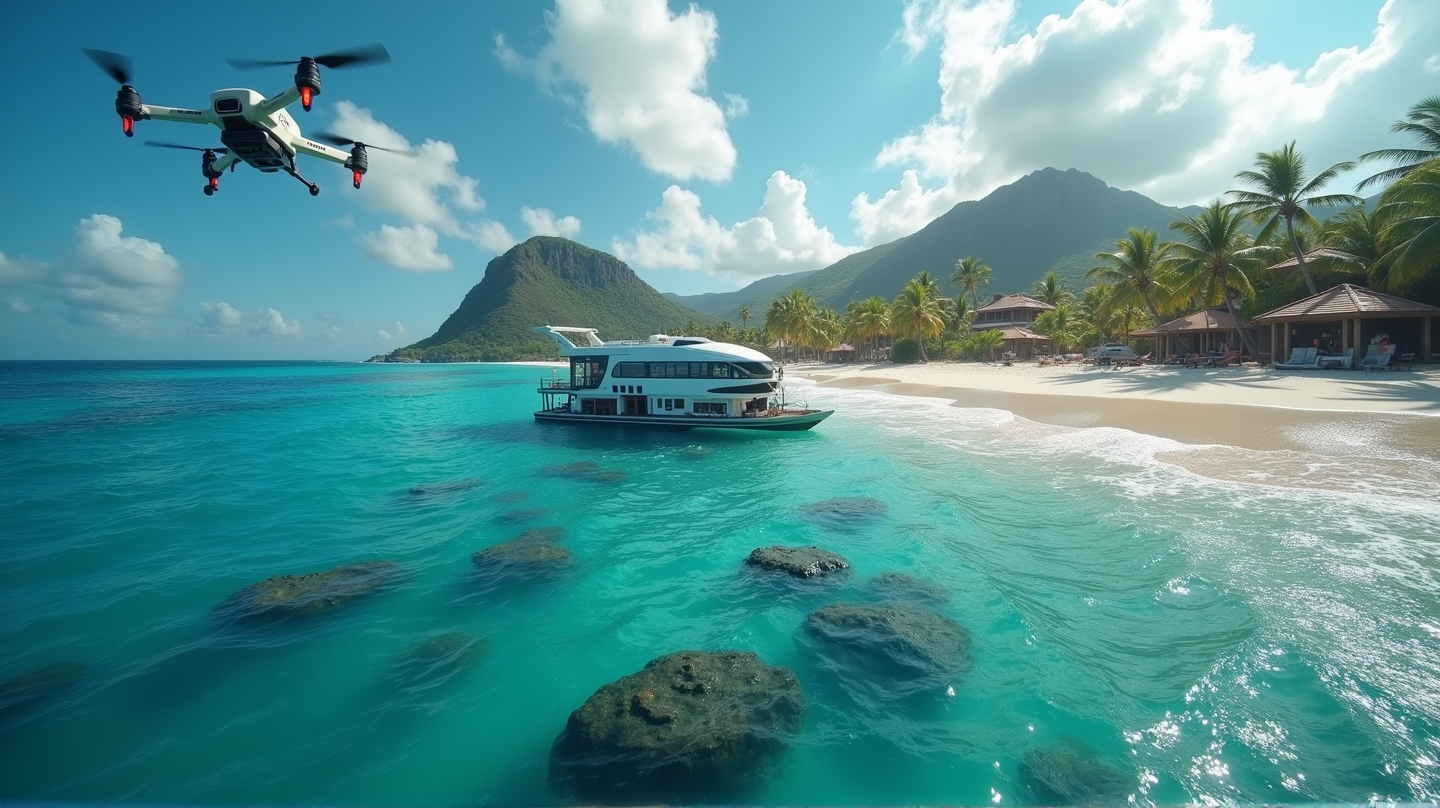How Tech Wizards are Turning the Tide on Plastic Pollution
Discover how drones, satellites, and AI are revolutionizing our fight against trillions of pieces of ocean plastic.

With trillions of pieces of plastic littering oceans, threatening marine life and economic opportunity, an arsenal of innovative technologies appears as our unlikely savior. Drones, satellites, and artificial intelligence (AI) are at the forefront, arming countries with actionable insights to tackle this environmental crisis head-on. But how are these futuristic tools transforming our war on plastic pollution? Join us as we unravel this fascinating intersection of technology and environmental stewardship.
A Global Gathering of Innovators
A striking example of this collaborative fight was witnessed at a recent Commonwealth Clean Ocean Alliance webinar. The event united over 170 participants from 39 countries under the banner “Using remote sensing for detecting marine plastic pollution: Need, barriers, challenges, and innovative technologies.” Dr. Jane Collins, an Ocean Governance Advisor, set the stage, highlighting the imminent threat plastic pollution poses, not just to marine life, but to the socioeconomic fabrics of coastal economies.
Closing the Knowledge Abyss
The race to bridge data gaps that hinder effective action saw pivotal contributions at the event. Innovate UK Business Connect, through its Smart Sustainable Plastic Packaging Programme, emphasized the importance of combining space-based insights with ground-level data. Luca Budello, a Geospatial Insights Lead, stressed the need for real-time information to drive policy decisions. According to Commonwealth, bridging this data abyss has never been more critical.
Beacon of Hope: A Showcase of Ingenuity
The event spotlighted luminaries who are leveraging cutting-edge technologies to monitor and mitigate plastic infiltration into our seas. From Alasdair Davies’ ingenious use of low-cost GPS trackers revealing the roots of plastic debris, to Andre Valente employing satellite data to quantify and analyze pollution trends—each narrative heralded a new dawn in plastic mitigation strategies.
On the Wings of Innovation
Among the stars of the session was Kostas Topouzelis, whose Coastal Marine Litter Observatory (CMLO) uses AI-powered drones to detect and map marine litter in stunning real-time precision. With over 340 kilometers of coastline surveyed across 14 nations, these drones have perched the globe on the edge of a plastic pollution revolution.
A Collective Call to Action
The momentum carried through a compelling panel discussion focused on scaling these innovations globally. Participants emphasized integrating diverse datasets and fostering international cooperation—keys to unlocking a future free from plastic pollution. In alignment with milestones like the Apia Commonwealth Ocean Declaration and plans for a Global Plastics Treaty, the webinar underscored the need for united effort.
This collaborative spirit embodies the Commonwealth Clean Ocean Alliance’s vision, bringing 35 member countries together to end plastic pollution by 2040.
The synergy forged between technological innovation and international cooperation stands as a beacon of hope in our quest to detoxify the world’s oceans from plastic’s deadly grip. The realm of environmental action has found new allies in drones, satellites, and AI, and together, they might just script a cleaner, brighter future for our blue planet.

